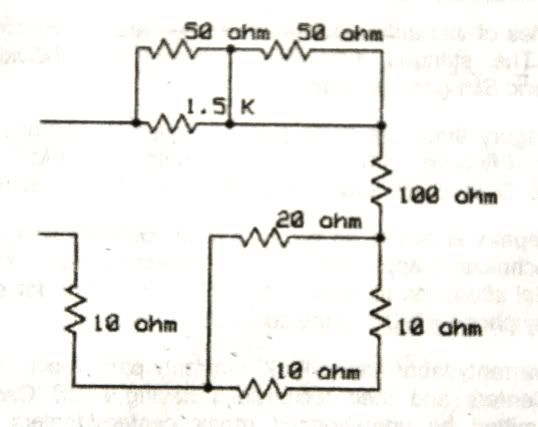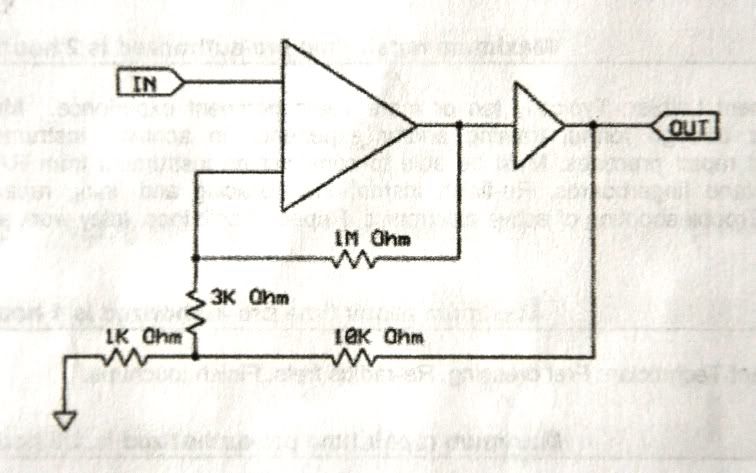1. What is the total resistance of this network? This is a Parallel circuit right?
l
l
l
V

2.How do I figure out the gain of this Jung Multi Loop Preamp? I have no clue what this is?
l
l
l
V


I don't need the answers...just a really good walk through on how to get them.
Thanks
l
l
l
V

2.How do I figure out the gain of this Jung Multi Loop Preamp? I have no clue what this is?
l
l
l
V


I don't need the answers...just a really good walk through on how to get them.
Thanks

Comment